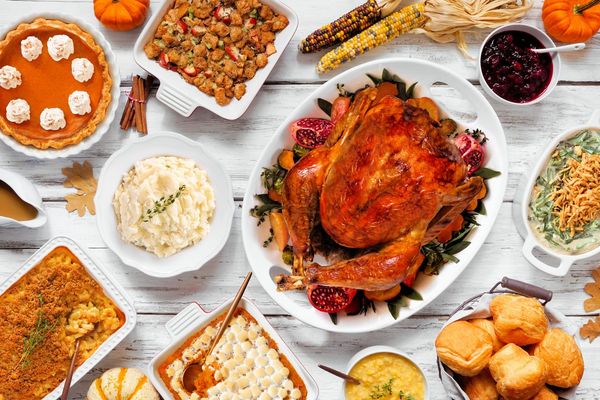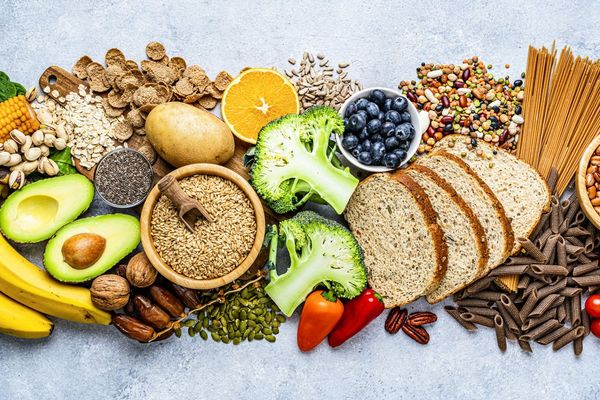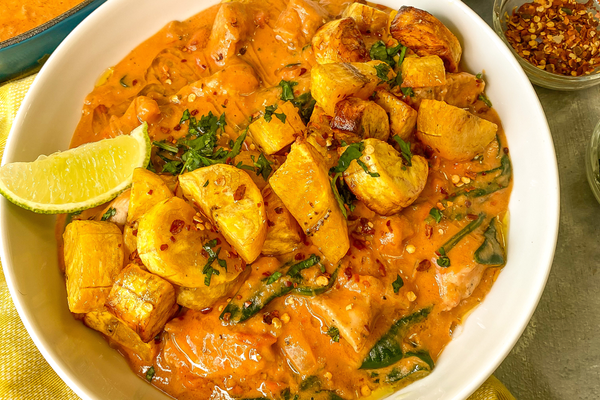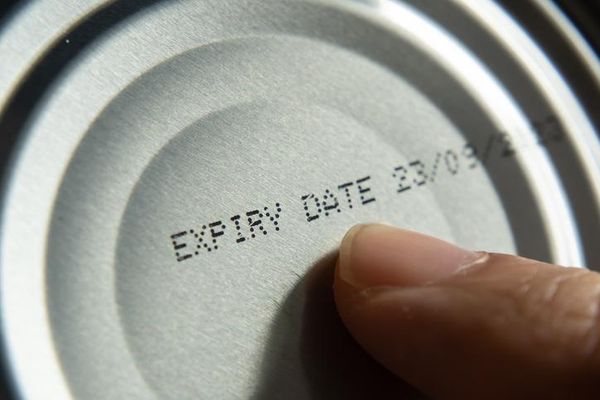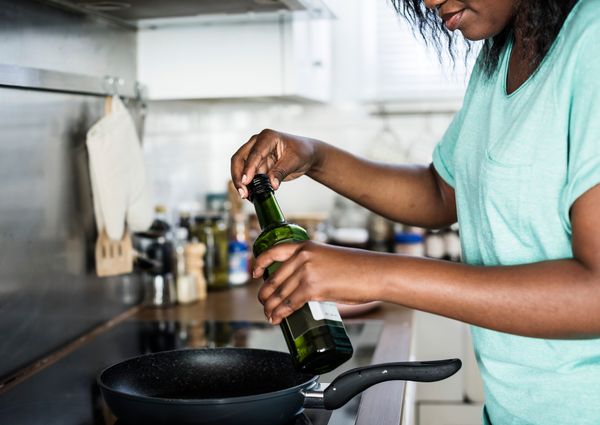This is the time of year when my passion for cooking begins to wane. Who wants to be in a hot kitchen when the weather is so warm? Not that I'm complaining about the warm weather. It's finally here (yay!) —the seasonal affective disorder (SAD) is all but gone, and I'm celebrating the sun (cautiously).
However, I've been relying (a bit too heavily) on my rice cooker, where I can mindlessly throw in the brown rice and water, hit the start button and wait for it to cooperatively shut itself off.
But then, after digging into one of my cookbooks this morning in my never-ending quest for something new and exciting to cook, I came upon the chapter on grains and asked myself why I had been all but ignoring an entire segment of healthy and important nutrition. Eating grains (especially whole grains) should be part of every healthy diet. Whole grains, unlike refined grains (which are stripped of their valuable bran and germ layers during milling), contain the entire edible part of the grain. They can help reduce the risk of some health condition and chronic diseases, like blood cholesterol levels and coronary heart disease. They're important for a healthy immune system. Because they're high in fiber, they may reduce constipation and keep you full longer.
Recent studies show that people who ate three or more daily servings of whole grains—and less than one daily serving of refined grains (as in white bread and cookies)—had about 10 percent less belly fat than people who ate the fewest whole grains and the most refined grains. (Who among us doesn't want less belly fat?) And speaking of belly, for those who are preggers, eating grains fortified with folate before and during pregnancy can help prevent neural tube defects during fetal development.
Did you know that fewer than 5 percent of Americans actually consume the USDA-recommended minimum of about three ounces of whole grains per day? Neither did I. So, I investigated to see what I (and the rest of the 95 percent of us) are missing. Quite a lot, it seems.
But before I tell you about the grains, here are two other facts that surprised me—and may surprise you, too. Foods labeled with the words "multi-grain," "stone-ground," "100% wheat," "seven-grain" or "bran" are usually not whole-grain products. Look for labels that say "whole wheat" or "100% whole grain" – and then check the ingredient list to be sure. And if you think that color is an indicator of whole grain, it's not: bread can be brown because of molasses or other added ingredients.
Buckwheat. This grain is gluten-free, has plenty of protein, magnesium and other minerals, plus a heart-healthy flavanoid called rutin. Its flavor can be a bit strong. Cook it by simmering 1 cup in 2 cups of water for about 10 to 15 minutes.
Amaranth. Also gluten-free, this is packed with protein, calcium, iron, phosphorus, potassium and more. When cooked, it's sticky and mild-tasting. To cook, boil 1 cup of grains in 2½ cups of water or broth for 20 minutes (or until tender). Amaranth is also available as breakfast cereal, crackers and flour.
Quinoa. Another gluten-free offering, this tiny grain is rich in essential amino acids as well as iron, magnesium, phosphorus, potassium and protein. Cooking is so easy: simmer 1 cup in 2 cups of water or broth for 15 minutes or until the water is absorbed.
Khorasan wheat. Sold under the brand name Kamut, this ancient wheat is filled with protein, fiber, vitamin A, iron and zinc. The kernels, which taste nutty and buttery, are a great substitute for rice in recipes. Cooking time is long (about 90 minutes); shorter if you soak the kernels overnight. Kamut flour is available and can be used to bake things like bread and cookies.
White whole wheat. Even though the word "white" is in here, this is an unrefined variety of wheat. The nutrient and fiber content is similar to that of whole wheat, although some antioxidants are lower. Its gluten content is also lower than the red wheat that's used to make regular whole-wheat flour—and it'll turn out things with softer texture and sweeter flavor. In recipes, you may want to substitute white whole-wheat flour for half of the refined flour, or you can use it in place of regular whole-wheat flour.
For more information on how to identify whole-grain products, visit https://www.wholegrainscouncil.org/whole-grains-101/identifying-whole-grain-products.
Here's something you'll be happy about: Popcorn is a whole grain! So next time you snack on it, you can feel virtuous. Sorry to ruin the excitement with this: just remember to hold—or strictly limit—the salt and butter.
A cooking suggestion: Mix lots of whole grains together to create a whole grain pilaf. Use barley, brown rice, wild rice, broth and spices. Even better, stir in some toasted nuts or chopped dried fruit (or both).

iStock.com/Valeriy_G

